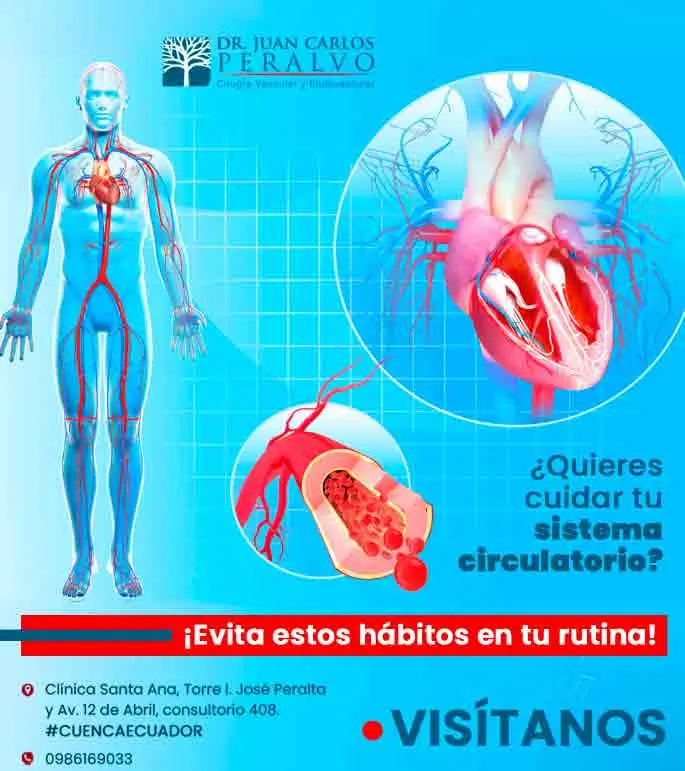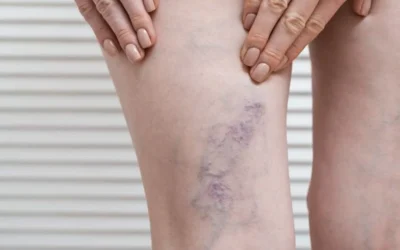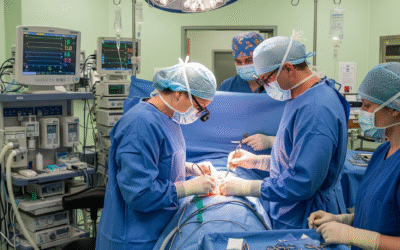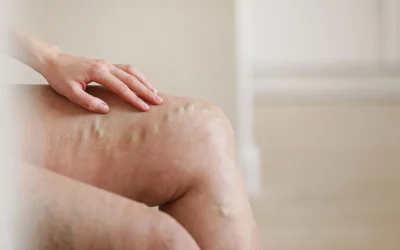Vascular surgery is a medical specialty that focuses on the diagnosis and treatment of diseases affecting blood vessels: arteries, veins, and lymphatic vessels. In Ecuador, vascular health care has advanced significantly, offering patients a wide range of therapeutic options. This article will provide you with essential information on procedures, care, and treatments available in the country.
Common Vascular Diseases and Their Treatments
Vascular diseases are diverse, but some of the most common include:
-
- Peripheral Artery Disease (PAD): This condition affects the arteries in the legs and feet, reducing blood flow. Symptoms can range from pain when walking (intermittent claudication) to ulcers and gangrene. Treatment may include lifestyle changes, medications, and in advanced cases, procedures such as angioplasty, stent placement, or bypass surgery.
-
- Aneurysms: These are abnormal dilatations of the arteries, with abdominal aortic aneurysm (AAA) being one of the most common. The risk of rupture is high, so early diagnosis and treatment, which may include open surgery or endovascular techniques, are crucial.
-
- Chronic Venous Disease: This includes varicose veins and venous insufficiency. Symptoms range from heaviness and pain in the legs to varicose ulcers. Treatment may include compression stockings, sclerotherapy, radiofrequency ablation, or surgery.
-
- Deep Vein Thrombosis (DVT): This is the formation of a blood clot in a deep vein, usually in the legs. It requires immediate treatment with anticoagulants to prevent complications such as pulmonary embolism.
Vascular Surgery Procedures in Ecuador
In Ecuador, a variety of surgical and minimally invasive procedures are performed:
-
- Angioplasty and Stent Placement: Used to open narrowed or blocked arteries.
-
- Bypass Surgery: Creates a new pathway for blood flow, ‘bypassing’ the obstructed area.
-
- Endovenous Ablation: Heat (radiofrequency or laser) is used to close varicose veins.
-
- Sclerotherapy: A substance is injected into varicose veins to close them.
-
- Aneurysm Surgery: Open or endovascular repair.
Postoperative Care and Prevention
After any vascular surgery procedure, it is essential to follow the doctor’s instructions. These care measures may include:
-
- Taking prescribed medication.
-
- Performing regular exercise.
-
- Maintaining a healthy diet.
-
- Avoiding smoking.
-
- Controlling blood pressure and cholesterol.
-
- Using compression stockings (if necessary).
Prevention plays a crucial role. Maintaining a healthy lifestyle, having regular medical checkups, and consulting a specialist for any symptoms is essential for the early detection and timely treatment of vascular diseases. For more information on vascular health and treatment options, we invite you to visit www.juancarlosperalvo.com, where you will find resources and personalized guidance. You can also consult reliable sources such as the Ecuadorian Society of Vascular Surgery.
Do not hesitate to consult a vascular surgeon in Ecuador if you experience symptoms such as leg pain, swelling, changes in skin color, or non-healing wounds. Early detection and proper treatment can significantly improve your quality of life.





